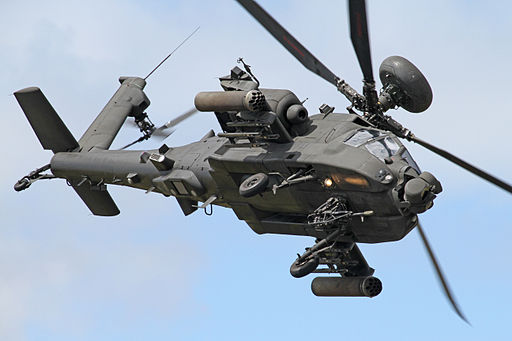The curtain falls on a storied chapter in British aviation history as the final flight of the Apache Mk.1 attack helicopter approaches. After more than two decades of service with the British Army, the venerable attack helicopter stationed at Wattisham Flying Station in Suffolk will be retired on Mar. 25th. This retirement marks the handover of the reins to the more advanced Apache AH-64E model.

Ronnie Macdonald from Chelmsford, United Kingdom, CC BY 2.0, via Wikimedia Commons
This particular Apache variant boasts several noteworthy modifications compared to the standard AH-64 used by the U.S. and other countries. A key difference lies in its engine configuration. The British opted for the Rolls-Royce Turbomeca RTM322 powerplant, generating 1,565 kW (2,100 hp) compared to the 1,410 kW (1,890 hp) of the General Electric T700 engine typically found in Apaches. This modification not only provided additional power but also proved particularly advantageous in dusty environments like Afghanistan due to the RTM322’s specialized filtration system.
Another noteworthy modification is the inclusion of a folding blade mechanism. This feature allows the British Apache to be stored in more confined spaces, a crucial benefit for deployment aboard Royal Navy vessels. Additionally, the rotor blades boast anti-ice protection, ensuring operational capability in harsh Arctic environments.
The British Army further customized its Apache fleet by equipping them with CRV7 rockets instead of the standard American Hydra 70 rockets. This choice reflects the specific operational needs and weapon preferences of the British military.
The Apache Mk.1’s final flight will be a commemorative event, culminating in a flypast across the United Kingdom. This aerial tribute will include flyovers of key locations like the Ministry of Defence building in London, RAF Shawbury, and the 16 Air Assault Brigade in Colchester, before the helicopter makes its final landing at Wattisham.
The retirement of the Apache Mk.1 marks the end of an era for the British Army. The upcoming final flight and flypast will serve as a fitting farewell to a helicopter that played a significant role in British military history.
For more information, hit the Source below